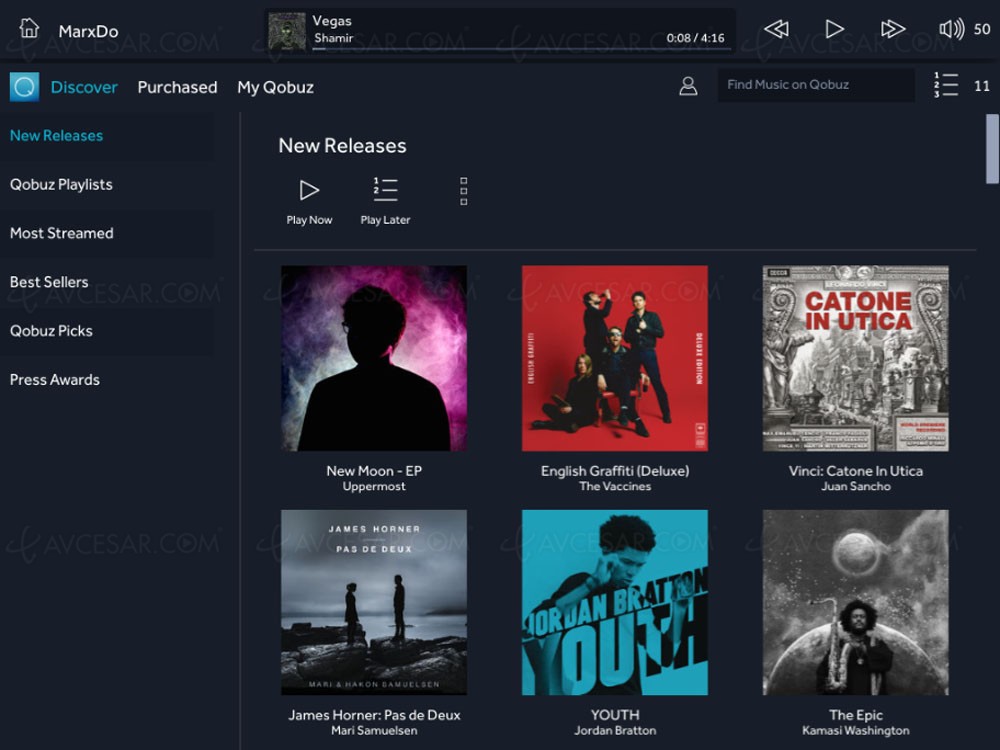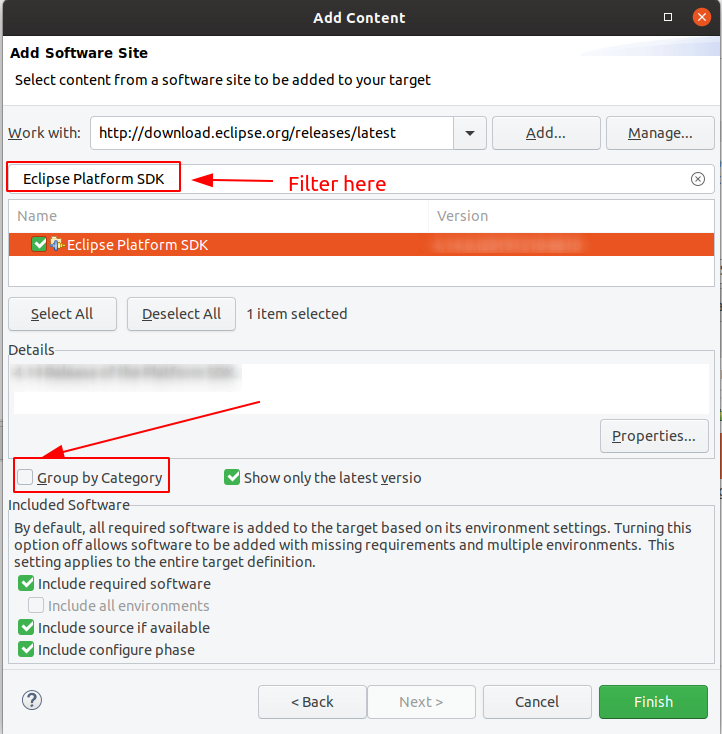
Pushing the limits of sound was not a feature, portability was.Īnd concomitantly the music itself changed. And portability was key, first with the Rio and then the iPod. Which inherently didn’t sound that good, albeit much better than the naysayers claimed. As for dropping the needle on “Hotel California” and “Hejira”? That was a religious experience.Īfter the stereo reduction of the nineties, the cheap systems, came the MP3. I could hear certain things that made me feel all warm inside, like Mick Fleetwood’s bass drum when “Gold Dust Woman” goes from the vocal section to the instrumental. the boredom and less than Middlebury quality students, of law school. And it was my respite during the inanity, i.e.

And that system…SOUNDED FANTASTIC! I didn’t know anybody who had one as good.


I figured I’d get the top of the line Shure, the V15 Type III I think it was, which you could get for just shy of two hundred bucks, but the same people who told me not to buy the Sony told me the Shure would be too bright, so I bought a Stanton 681EEE. But I didn’t have the bucks for a $1000 cartridge. And I refused to spend less to get a system that sounded clean at low volume but distorted when I cranked it, ergo the Sansui.Īnd I continued to use my Dual 1218 turntable for about a week before I realized it was substandard and went to buy a Technics SL1300, the top of the direct drive line, it was fully automatic, as in the tonearm would drop and retract itself, whereas the vaunted SL1200 was the same turntable, but fully manual. And I wanted this Sony receiver that had a hundred watts a channel, but I was convinced that it wouldn’t sound good with the JBLs, and everybody tried to sell me Luxman, but to get as much power as I wanted…it was way out of my price range. I got them for $470, when list was $666, at Pacific Stereo, when discounts were near impossible. After I heard the JBLs and my friend Tony had gotten a discount they were suddenly in my price range. It too was an integrated amplifier, with 110 watts a channel when most people were only buying ten or twenty, maybe thirty, and I never heard distortion, but this NAD had better specs, could play much louder, but today it’s worth a fraction of the Sansui.Īctually, I purchased my stereo in stages. I bought it because of its fat sound smoothing out the bright JBL L100s and it worked quite well. It served me well, now I wonder if I should have tried to fix it. That Sansui, the AU11000, is worth a fortune now. And it was far from cheap, $795 sans a turntable amp, which was $150, which I ultimately laid down for a week later. He kept reinforcing that it was only two channel. This is what the salesman asked me when my Sansui burned up and I went to replace it with an NAD. And if you wanted to replicate the experience of the seventies and you actually found a retailer with equipment in this price range they were reluctant to sell it to you, because most audio had become multi-channel, as in home theatre systems, did you really want stereo? Suddenly a stereo system didn’t cost a few thousand dollars, but tens of thousands of dollars. And there was a small market that went upscale, way upscale. The main market became all-in-ones, not much better than boom boxes. But you’ve got to have the equipment to reproduce the sound.Īudio split back in the nineties.

But wasn’t the goal to get closer to the music in the seventies? If you want to get closer to the music you want Qobuz.


 0 kommentar(er)
0 kommentar(er)
